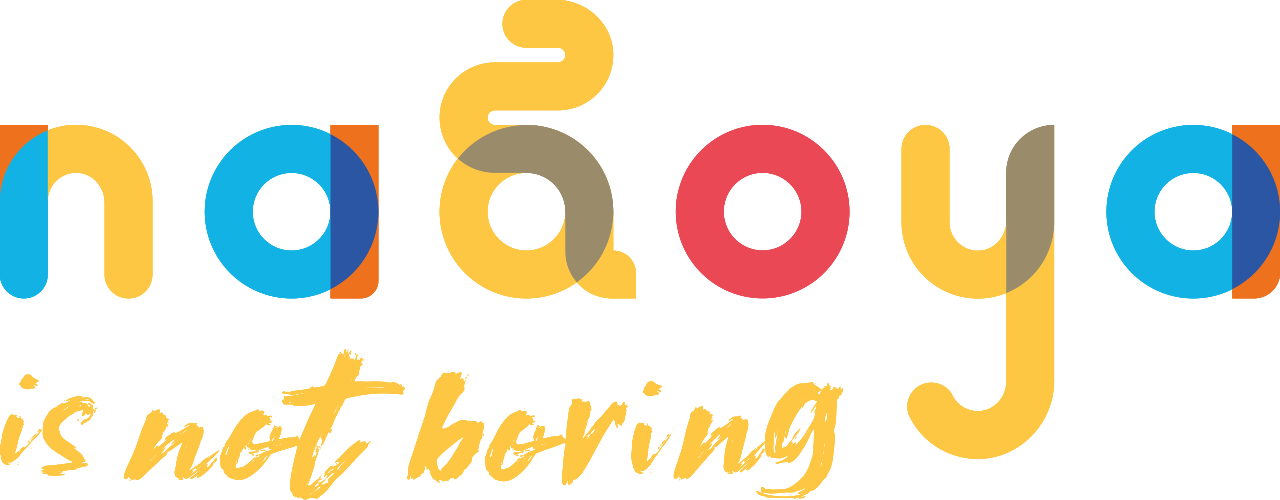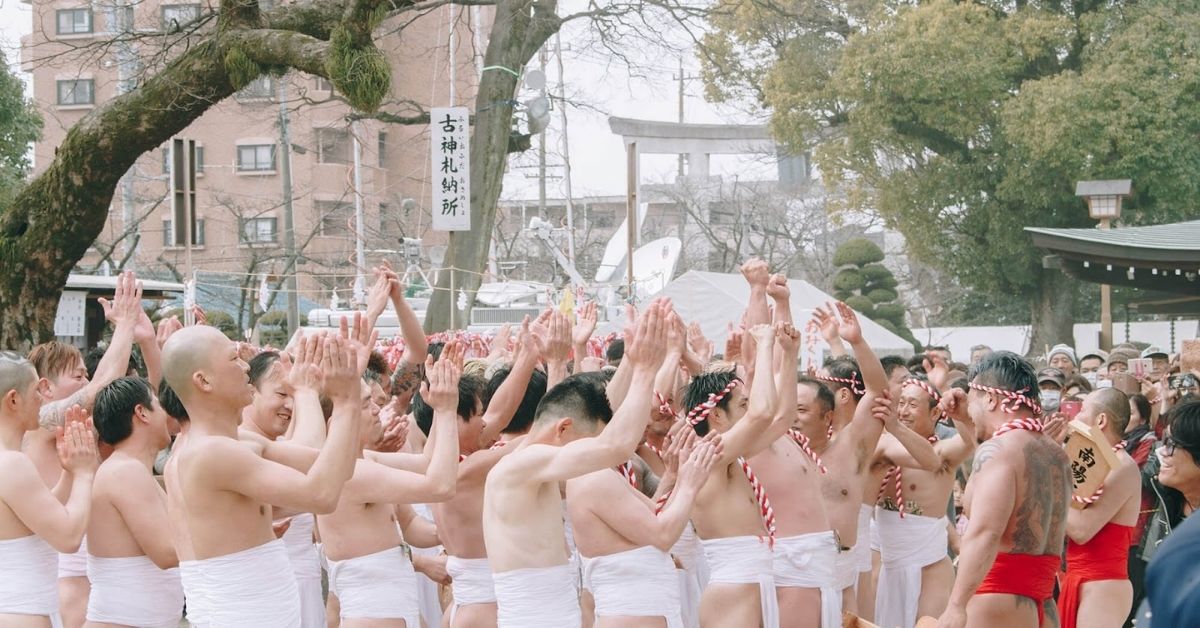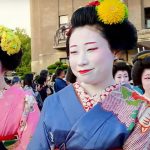Of the roughly 70 festivals each year held at Atsuta Shrine, the Atsuta Festival (Atsuta Matsuri or Shobu-sai) is by far the biggest and most important. This festival is held every June 5th and signals the arrival of summer. Summer in Japan is the season of summer festivals and fireworks!
Atsuta Jingu, also called Atsuta-san or Atsuta-sama, is the second most revered Shinto shrine in Japan after the Ise Grand Shrine in nearby Mie Prefecture. The goddess of the sun, Amaterasu, is enshrined at Atsuta Jingu along with one of the three imperial treasures, the sacred sword Kusanagi-no-tsurugi, which is never displayed to the public.
Atsuta Shrine was established around 1,900 years ago and is the second largest shrine in Japan after the Ise Grand Shrine. Its history and cultural offer are so interesting that we have written an entire blog post about it, so you can read it here.
Located in the heart of Nagoya, the 190,000 square meter shrine welcomes over 9 million visitors a year and yet manages to remain an oasis of calm in the busy city. If you haven’t been there yet, the Atsuta Festival is a great opportunity to visit it.
The Atsuta Festival Marks the Beginning of Summer

Every June 5th, Atsuta Shrine hosts the Atsuta Festival to mark the beginning of summer. The festival is one of the largest in Nagoya and in fact all of central Japan and includes food stalls, traditional performances and fireworks.
Things to See and Do During the Day

The festivities begin at 10:00 in the morning with a special ceremony in front of the main sanctuary. The Emperor sends a messenger who together with the priests of the shrine performs a special ceremony dedicated to the gods and goddesses of the shrine.

During the day you have the chance to see various traditional Japanese performances as well as exhibitions of different Japanese martial arts such as Kyudo (Japanese style archery), Kendo, and Sumo. Some of the traditional performances you can see include Atsuta Kagura (Shinto dance accompanied with music) and Taiko (Japanese drums).
Atsuta Kagura, is one of the many styles of Kagura dance that has been carried out at Atsuta Jingu for almost 1,800 years. Kagura, is a sacred Japanese dance ritual dedicated to Shinto gods and is accompanied by Japanese flutes and drums, and has been practiced to entertain the gods.
Things to See and Do at Night

The festivities continue at night, with food stalls lining the area offering some tasty festival foods including Takoyaki (octopus balls), Kakigori (shaved ice), Okonomiyaki (a Japanese pancake filled with cabbage and meat), Castella cakes, chocolate banana, Tamasen (fried egg in a rice cracker).

One of the most outstanding events of the night is the five Kento Makiwara, huge floats decorated with 365 lanterns. The floats are lit up and displayed at the three entrances to the shrine from 18:00 to 21:00.

Finally, from around 19:40 an impressive fireworks display with more than 1,000 individual fireworks of different types takes place in the Jingu Koen Park for one hour, marking the ending point to the festival.
Atsuta Matsuri (熱田まつり)
Date: June 5th, 2024
Festival Hours: The festival starts around 10:00. The Kento Makiwara are lit up from 18:00 – 21:00. Fireworks from 19:40 to 20:30.
Entry Fee: Free
Address: 1-1-1 Jingu, Atsuta Ward, Nagoya, Aichi 456-8585
Access: Take the Meitetsu Line train from Nagoya Station to Jingu-Mae Station. Atsuta Shrine is then a 5-minute walk from the station.
Website (Japanese only) | Google Maps
This post was last updated in June 2024.
Although we strive to provide you with the most accurate and up-to-date information possible, please note that changes may occur nonetheless. We recommend you confirm any relevant information such as event cancelations or changes, opening hours, or possible restrictions using a direct source. Please keep in mind that these sources might be in Japanese only.
Did you enjoy this article?
Make sure to also check out our other posts about Nagoya and trust us if we say Nagoya is not boring!
Be sure to follow us on Facebook for regular updates on Nagoya, and see our Instagram for pictures and stories about the city!
Tag us 📲
If you have visited the Atsuta Matsuri or even if you have just visited Atsuta Shrine please share your experience and tag us on social media with #nagoyaisnotboring









